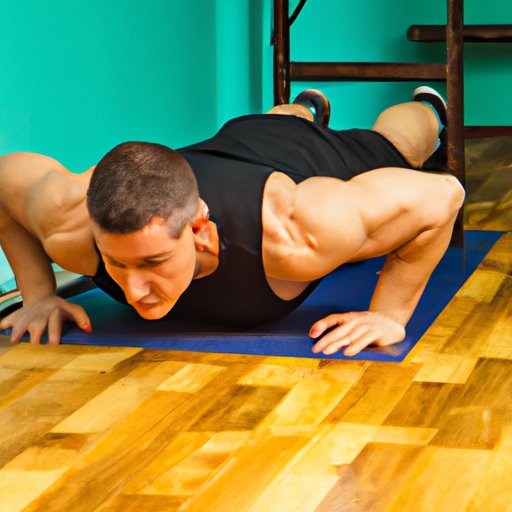Introduction
Physical fitness is a term used to describe a person’s overall health and well-being. It encompasses many different aspects of a person’s lifestyle, including diet, exercise, and mental health. In order to maintain a healthy lifestyle and reach optimal fitness levels, it is important to understand the different components of physical fitness and how they can be incorporated into an exercise program.
Cardiorespiratory Fitness
Cardiorespiratory fitness is the ability of the heart, lungs, and blood vessels to supply oxygen-rich blood to the working muscles and carry away waste products during physical activity. Cardiorespiratory endurance activities are activities that challenge the body’s cardiovascular system and require the use of large muscle groups in a continuous, rhythmic manner. Examples of these activities include running, walking, swimming, cycling, and rowing.
The benefits of cardiorespiratory fitness include improved cardiovascular health, increased energy levels, improved mood, and weight loss. Additionally, regular aerobic exercise has been shown to reduce the risk of chronic diseases such as high blood pressure, diabetes, and stroke. In order to achieve cardiorespiratory fitness, it is recommended to engage in moderate-intensity aerobic activity for at least 30 minutes on most days of the week.
Strength Training
Strength training is any type of exercise that involves the use of resistance to increase muscular strength and endurance. Strength training can be done with free weights, machines, or bodyweight exercises. The benefits of strength training include increased muscle mass, improved posture, and increased bone density. Additionally, strength training can help improve balance and coordination, reduce the risk of injury, and boost metabolism.
In order to incorporate strength training into your workout routine, it is important to choose exercises that target all major muscle groups. Start by performing one set of each exercise with a light weight and gradually increase the weight and number of sets as your strength increases. It is also important to allow for adequate rest between workouts in order to give your muscles time to recover.
Core Exercises
Core exercises are exercises that target the muscles of the abdominal, lower back, and hips. Core exercises help to strengthen and stabilize the trunk of the body and improve balance, posture, and coordination. Examples of core exercises include planks, side planks, crunches, bridges, and leg lifts. The benefits of core exercises include improved balance and stability, increased core strength and power, and improved posture.
In order to incorporate core exercises into your workout routine, it is important to choose exercises that target all major muscle groups of the core. Beginners should start by performing one set of each exercise with a light weight and gradually increase the weight and number of sets as their strength and endurance increases. It is also important to allow for adequate rest between workouts in order to give your muscles time to recover.
Flexibility Training
Flexibility training is any type of exercise that helps to increase the range of motion of a joint or group of joints. Flexibility training can be done through static stretching, dynamic stretching, foam rolling, and yoga. The benefits of flexibility training include improved posture, reduced risk of injury, and increased range of motion. Additionally, it can help to alleviate muscle tension and improve circulation.
In order to incorporate flexibility training into your exercise program, it is important to choose exercises that target all major muscle groups. Beginners should start by performing one set of each exercise with a light weight and gradually increase the weight and number of sets as their flexibility and range of motion increases. It is also important to allow for adequate rest between workouts in order to give your muscles time to recover.
Conclusion
Physical fitness is a term used to describe a person’s overall health and well-being. In order to maintain a healthy lifestyle and reach optimal fitness levels, it is important to understand the different components of physical fitness and how they can be incorporated into an exercise program. These components include cardiorespiratory fitness, strength training, core exercises, and flexibility training. Each component offers its own unique benefits, and when combined together, can provide a comprehensive approach to achieving optimal physical fitness.


